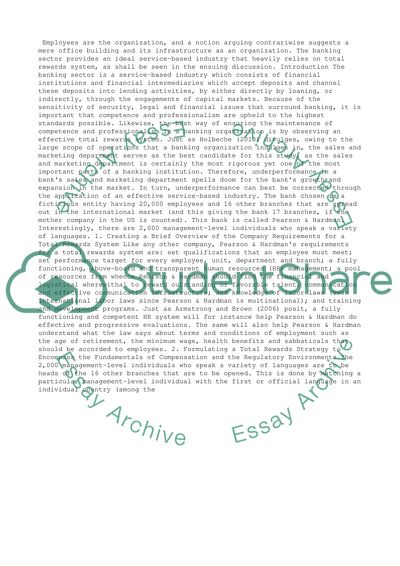Cite this document
(“Assignment 3: Total Rewards System Proposal Research Paper”, n.d.)
Retrieved from https://studentshare.org/management/1483758-assignment
Retrieved from https://studentshare.org/management/1483758-assignment
(Assignment 3: Total Rewards System Proposal Research Paper)
https://studentshare.org/management/1483758-assignment.
https://studentshare.org/management/1483758-assignment.
“Assignment 3: Total Rewards System Proposal Research Paper”, n.d. https://studentshare.org/management/1483758-assignment.


